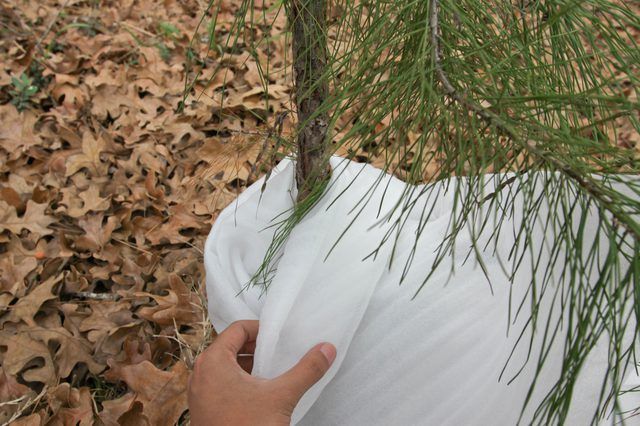Bulbs
Flower Basics
Flower Beds & Specialty Gardens
Flower Garden
Garden Furniture
Garden Gnomes
Garden Seeds
Garden Sheds
Garden Statues
Garden Tools & Supplies
Gardening Basics
Green & Organic
Groundcovers & Vines
Growing Annuals
Growing Basil
Growing Beans
Growing Berries
Growing Blueberries
Growing Cactus
Growing Corn
Growing Cotton
Growing Edibles
Growing Flowers
Growing Garlic
Growing Grapes
Growing Grass
Growing Herbs
Growing Jasmine
Growing Mint
Growing Mushrooms
Orchids
Growing Peanuts
Growing Perennials
Growing Plants
Growing Rosemary
Growing Roses
Growing Strawberries
Growing Sunflowers
Growing Thyme
Growing Tomatoes
Growing Tulips
Growing Vegetables
Herb Basics
Herb Garden
Indoor Growing
Landscaping Basics
Landscaping Patios
Landscaping Plants
Landscaping Shrubs
Landscaping Trees
Landscaping Walks & Pathways
Lawn Basics
Lawn Maintenance
Lawn Mowers
Lawn Ornaments
Lawn Planting
Lawn Tools
Outdoor Growing
Overall Landscape Planning
Pests, Weeds & Problems
Plant Basics
Rock Garden
Rose Garden
Shrubs
Soil
Specialty Gardens
Trees
Vegetable Garden
Yard Maintenance
How to Winter Wrap Tree Trunks
How to Winter Wrap Tree Trunks. Cold wind, bright winter sunlight and foraging animals have one thing in common – they can destroy the trees in your yard. Wrapping tree trunks in late fall after the plants go dormant can help them survive these ravages of winter unharmed. Proper wrapping is a must, or the solution can cause just as much...
Cold wind, bright winter sunlight and foraging animals have one thing in common – they can destroy the trees in your yard. Wrapping tree trunks in late fall after the plants go dormant can help them survive these ravages of winter unharmed. Proper wrapping is a must, or the solution can cause just as much damage.
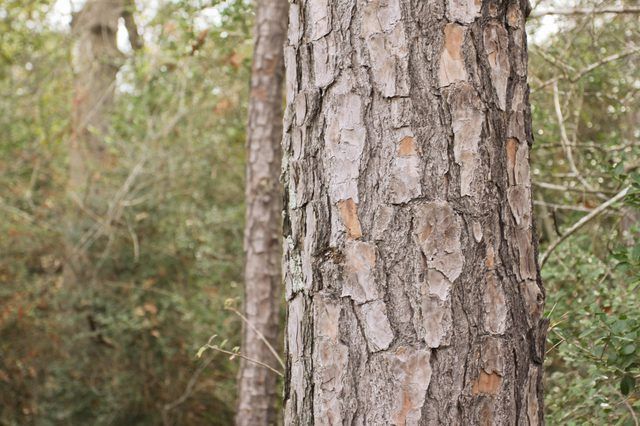
The type of wrapping depends on the type of winter damage the tree is most likely to suffer. Sunscald occurs when warm sun thaws out the layer beneath the bark, but then it quickly refreezes and cracks the trunk. Light colored wraps, such as kraft paper, commercial plastic or paper tree wraps, or burlap reflect the sunlight and insulate the trunk against rapid temperature changes. Burlap and stakes protect evergreen trunks from winter injury caused by cold winter winds. If foraging animals, including mice, rabbits or voles, chew on bark during the winter, kraft paper or 1/4-inch hardware cloth provides the best protection.
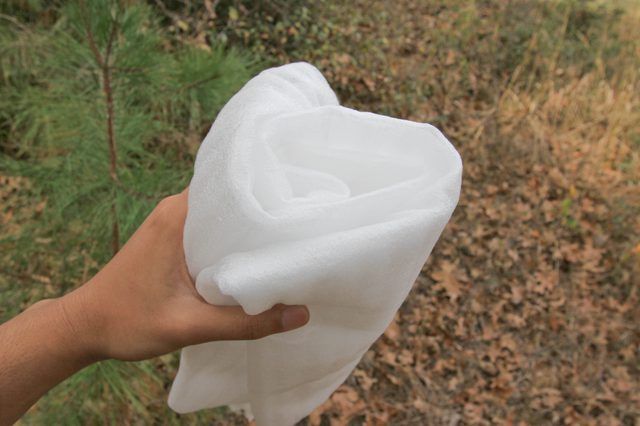
Newly planted trees or those with naturally thin bark are most prone to sunscald damage. Wrap new trees for at least the first two winters after planting. Evergreen trees don't usually require sunscald protection. Deciduous trees such as honey locust (Gleditsia triacanthos), thriving in U.S. Department of Agriculture plant hardiness zones 4 through 9, and cherry trees (Prunus avium), hardy in zones 5 through 8, can suffer damage on sunny winter days. Wrap the chosen wrap material around the trunk, beginning just above ground level and continuing up to the first set of branches. If you use kraft paper or burlap, secure the wrap to the trunk with twine. Remove the wrap in spring, after the last expected frost and after temperatures are consistently above 32 degrees Fahrenheit.
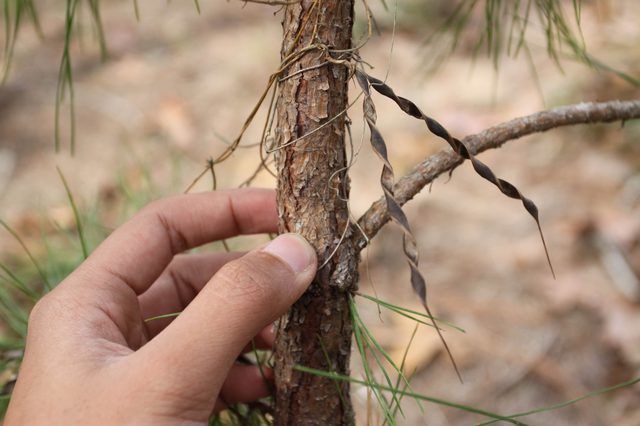
Winter wind injury causes evergreen foliage to discolor or brown. It sometimes results in die back or permanent damage, especially on dense shrubs. Wrapping against the foliage blocks sunlight and obstructs air circulation, which can lead to disease or pest problems. Instead, install stakes on either side of the evergreen on the side that receives the most winter wind. Stretch burlap tautly between the stakes and staple it in place. This burlap windshield must be taller and wider than the shrub. You can protect up to two sides of the evergreen, if necessary, by using a third stake to make an L-shaped barrier, but leave two sides open to allow sunlight and air in. If you must surround the entire tree, leave the top open for air circulation.
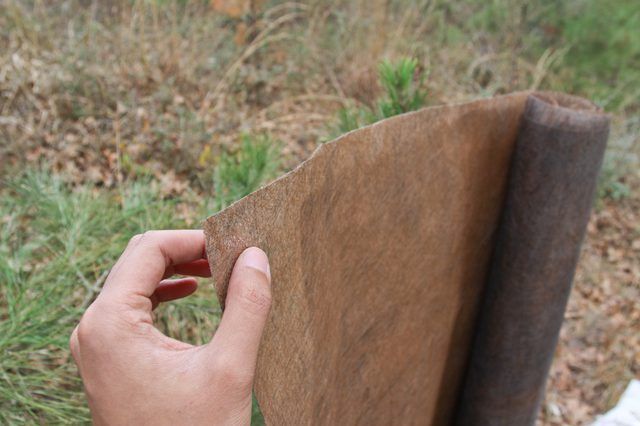
Rodents will feed on tree bark even if the trunk is buried beneath snow, so damage can go unseen for weeks or months in snowy climates. Both deciduous and evergreen trees can suffer from animal damage. Wire hardware cloth protects animals, including deer, from chewing on the bark and killing the tree. Wrap the wire around the trunk from the base to just below the first lateral branches. If you wrap the cloth tightly, you must remove it in late winter or early spring before growth resumes, or you may damage the trunk. Leave a little bit of space and you can leave it in place year-round to protect against animal damage, but you will need to replace it before the trunk grows and fills in the space.
